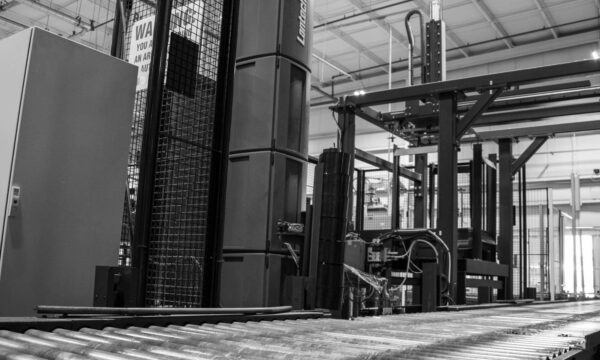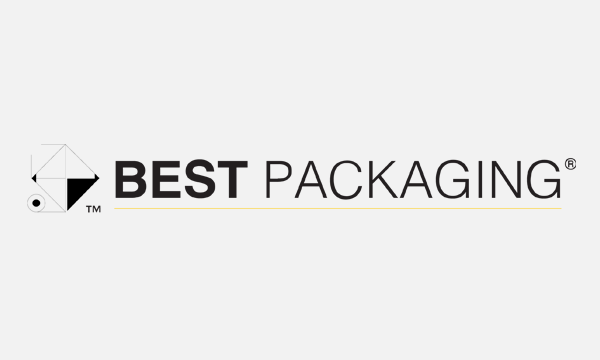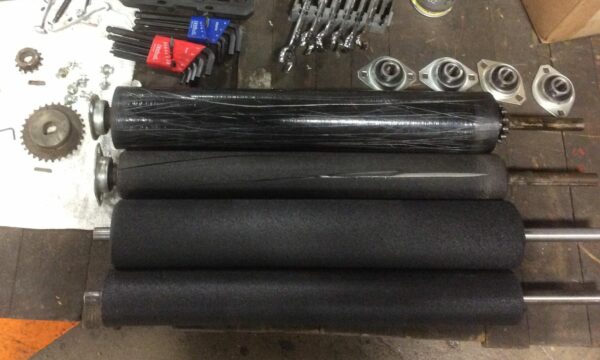How To Keep OEM Lead Times From Impacting Your Production
Situational obstacles in production are rebounding, yet lead times on new packaging equipment remain upwards of 16 weeks, causing manufacturers from all sectors to trip at the finish line in terms of recovering from production loss. Best Packaging offers a number of transitional solutions to assist in the present supply chain bottleneck and future scarcities.




